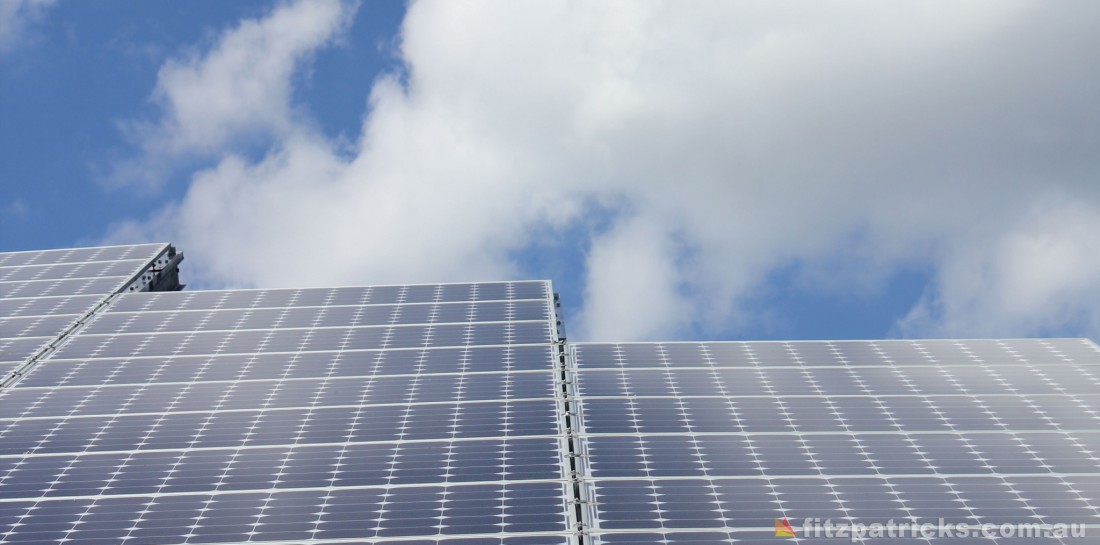
With electricity prices going through the roof, solar power is becoming an increasingly attractive option for Wagga homeowners. However, the options on offer can be confusing, a situation which isn’t helped by retailers presenting themselves as independent, neutral advisers. It’s important to do your own research, and beware of older internet pages with outdated information or information relevant to different climates. A good place to start is the NSW Department of Fair Trading pages with advice on solar panels which includes some important legal and financial advice.
There are many options when choosing a system, and your needs may well vary, so get quotes from local companies who will inspect your site. Panels may lay flat on your roof, or may need to be raised on supports, which will increase the cost of installation. For a partially shaded site, ask your installer about panels wired ‘in parallel’, which maintain overall efficiency even when one panel is shaded. Safety features are also a consideration – look for installations which include arc detection. A useful optional extra is computer monitoring that enables you to track production. And yes, there’s an app for that!
Unfortunately many Government incentive programs for solar power and the huge feed-in tariff returns are no longer in place, with electricity companies only offering rates as low as 8c per kwh. Solar installers claim a ‘payback’ time – the time the investment takes to ‘pay for itself’ of around 5 years, however this figure is subject to quite a bit of debate. Choice Magazine’s 2011 article on solar payback time estimates a significantly longer time to recoup costs, as much as 20 years. However this doesn’t take into account the new Carbon Tax and associated electricity price rises, so the reality is more likely to be somewhere between the two.
Estimating the size of solar installation for your needs isn’t an exact science. At low consumption times, excess production will be somewhat wasted with current poor feed-in tariffs, so the most usual approach is to cover most bills, but not the winter spike in consumption. Adapting behaviour to reduce power use helps to further even things out. To estimate your household use, take a look at the handy solar calculator on the Energy Matters Website.
Lastly, remember that Small Scale Technology Certificates or STCs (replacing RECs) are worth real money. Many providers will incorporate their value into the quote, so check on the actual value you are getting for them. The wording of the contract can be a bit alarming, but Solar Quotes explains it in plain English here. You can also check the current spot price in the grey box at the top of the Clean Energy Council Website
Note that links to specific companies in this article does not constitute an endorsement of their products or services









